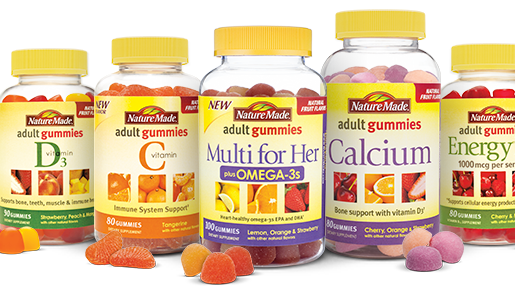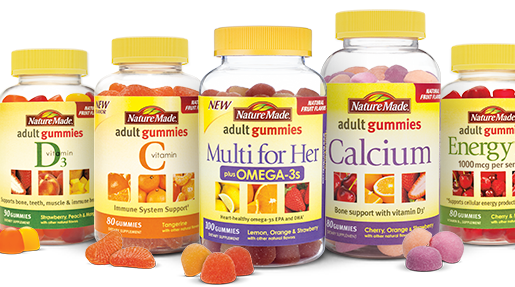


With eCommerce sales of roughly $7 billion annually, and an annual growth rate of 12.3% since 2010, vitamin purchases are a “natural” for the online channel. Consumers who take a one-a-day multi-vitamin on a predictable basis are ideal candidates for regular replenishment via a subscription program like Amazon’s Subscribe & Save, with nearly 40% of consumers who purchase health products online signed up for such a service.
For OTC pain relief brands, the eCommerce challenge is to convince consumers to make their “acute need” purchases online. This often involves offering bulk purchases in which consumers buy larger quantities of trusted OTC brands in anticipation of when they may need them at a later date.
Same-day delivery programs like Amazon Prime Now bode well for increased usage of the eCommerce channel for OTC medications and other need-it-now items. By promising relief within two hours, and saving a person who’s ill from venturing out of the house to get cold medicine, the online channel can offer timeliness and convenience.
While timeliness and convenience are two key components of online success, today’s vitamin and OTC health brands also need to master several key elements of product packaging and positioning to acquire, maintain and grow market share in the eCommerce channel.
1. To attain economic sustainability, the price-to-weight ratio must be favorable
When a customer visits Amazon for a remedy or supplement, and purchases only a single SKU, that can present a price-to-weight challenge on the sales end. Specifically, the profit margin on the purchased item must be greater than the shipping cost in order for the seller to make money. The rule of thumb is that if it costs Amazon form $4.00 to $6.00 to ship a package, the minimum order price for the SKU must be at least $12.00 to $15.00 in order for the transaction to be profitable.
The good news is that in both the OTC and vitamin/health categories, single items often meet this type of price-to-weight requirement. When a customer buys a bottle of fish oil for $17.00 or an order of Mucinex for $23.00, the sales model is working – and eCommerce in the categories is sustainable. Of course, there are exceptions, but with prevalence of shipping tablets and liquid gels, the ratio is generally favorable.
2. Packaging must be tested to ensure it can survive air freight
Many brands have perfected product packaging for traditional ground transport, which is the hallmark of a brick-and mortar operation. But they have not yet fully optimized packaging for air transport that is typical of eCommerce logistics.
When health/personal care brands began doing business with Amazon, they noticed the percentage of products that were damaged in transit was much higher than it was in other channels. So they now test their packaging for air freight survivability to check whether it holds up.
If the packaging fails during the tests, that’s where the real cost and complexity come in, as the brand is forced to reconfigure its packaging to achieve a higher level of packaging integrity. Therefore, it’s essential for any brand that plans on selling online to factor in packaging optimization as early in the product lifecycle as possible.
3. Search is critical to success, and is all the more reason to have a presence on Amazon
A brand that’s on Amazon has a big advantage: It’s on a platform that offers greater selection than any other selling venue, so when consumers are looking for a treatment or remedy for a particular type of condition, it’s the destination they go to. And when they go to Amazon, they search.
That’s why it’s vital for any supplier to know precisely how people are searching for its products. What key words are they using? Are there search trends? What is the frequency of searches for “pain reliever” or “headache” or “migraine”? When suppliers are selling in-demand products, they’ve got to make sure their content is relevant to those searches, including product titles, description and bullets, that clearly communicates the benefits and features of what’s being sold.
4. Ratings and reviews are key drivers, especially when health is the issue
If a remedy works for one person, it may work well for another. And vice versa. That’s why the importance of ratings and reviews may be more important in the OTC and vitamin/health categories than in any other category. A good product review is not only a persuasive endorsement that helps drive conversion, it’s also an important component in strengthening a brand’s search rankings. Amazon’s search algorithm is not only powered by the number of reviews a product has, but also by the pace at which new reviews are being added. If a product has too few reviews or not enough positive reviews, people simply won’t buy.
Best-selling Vitamins brands at Amazon
Competition is fierce at Amazon in the OTC and vitamin/supplement arenas, and the possible advent of Amazon private labels in the category will make it all the more so. In the meantime, clear category winners have emerged in the first half of 2016, with the following brands featuring the most products in Profitero’s compilation of the Amazon top 100 best-sellers between January – May 2016.
Best-Selling Vitamins Brands at Amazon.com, January – May 2016
| Brand | Total # of Products | Average Star Rating | Average # of Reviews | Average # of Images |
| Nature Made | 9 | 4.6 | 368 | 7.8 |
| Now Foods | 7 | 4.6 | 554 | 8.4 |
| Vitafusion | 6 | 4.5 | 581 | 3.7 |
| Sports Research | 5 | 4.7 | 1,653 | 7.6 |
| Garden of Life | 5 | 4.6 | 312 | 6.6 |
| Jarrow | 5 | 4.5 | 560 | 9.0 |
Source: Profitero’s Amazon FastMovers
What does the future hold?
From price-to-weight to private labeling, there are numerous factors to take into account when operating in (or analyzing) the vitamin/health and OTC categories- two categories that bear watching as populations age and health-awareness increases in the years to come. While the former cateogry is a “natural” for eCommerce, and the latter is becoming more “eCommerce friendly as the online channel evolves, both are providing “feel good” experiences to consumers, brands, and e-retailers alike.
Download our Amazon FastMovers Vitamins Report for more vitamins-related insights on Amazon.


























